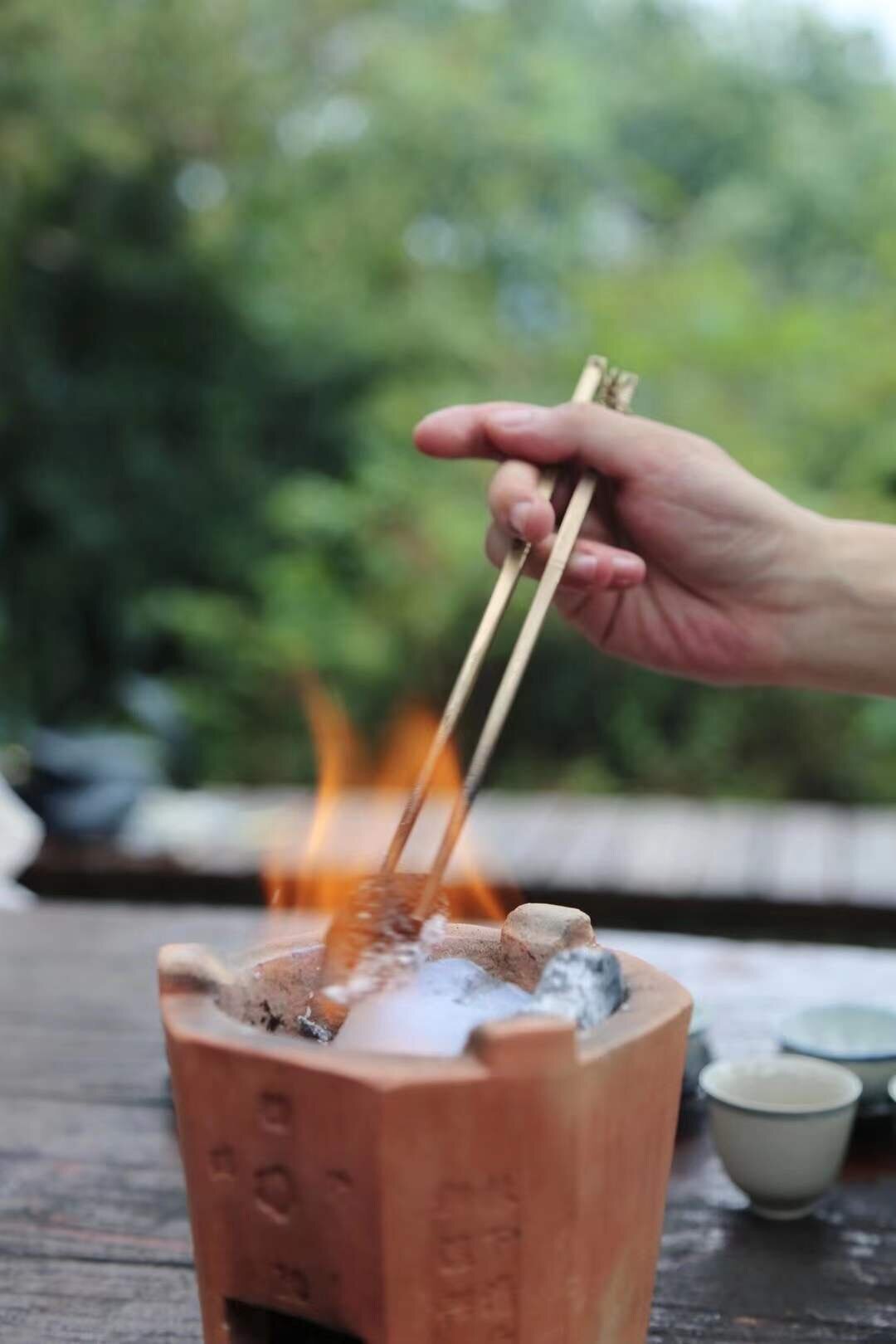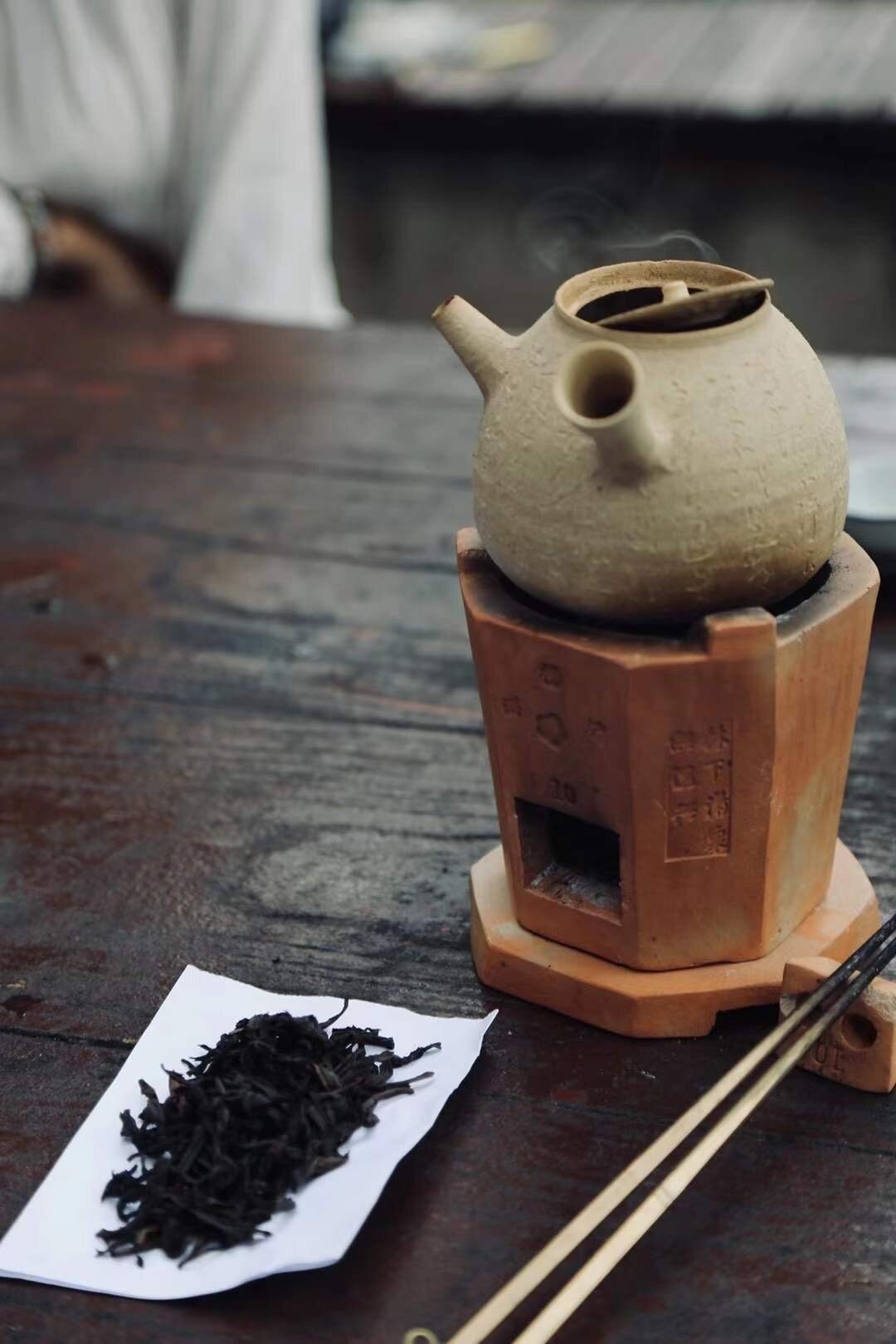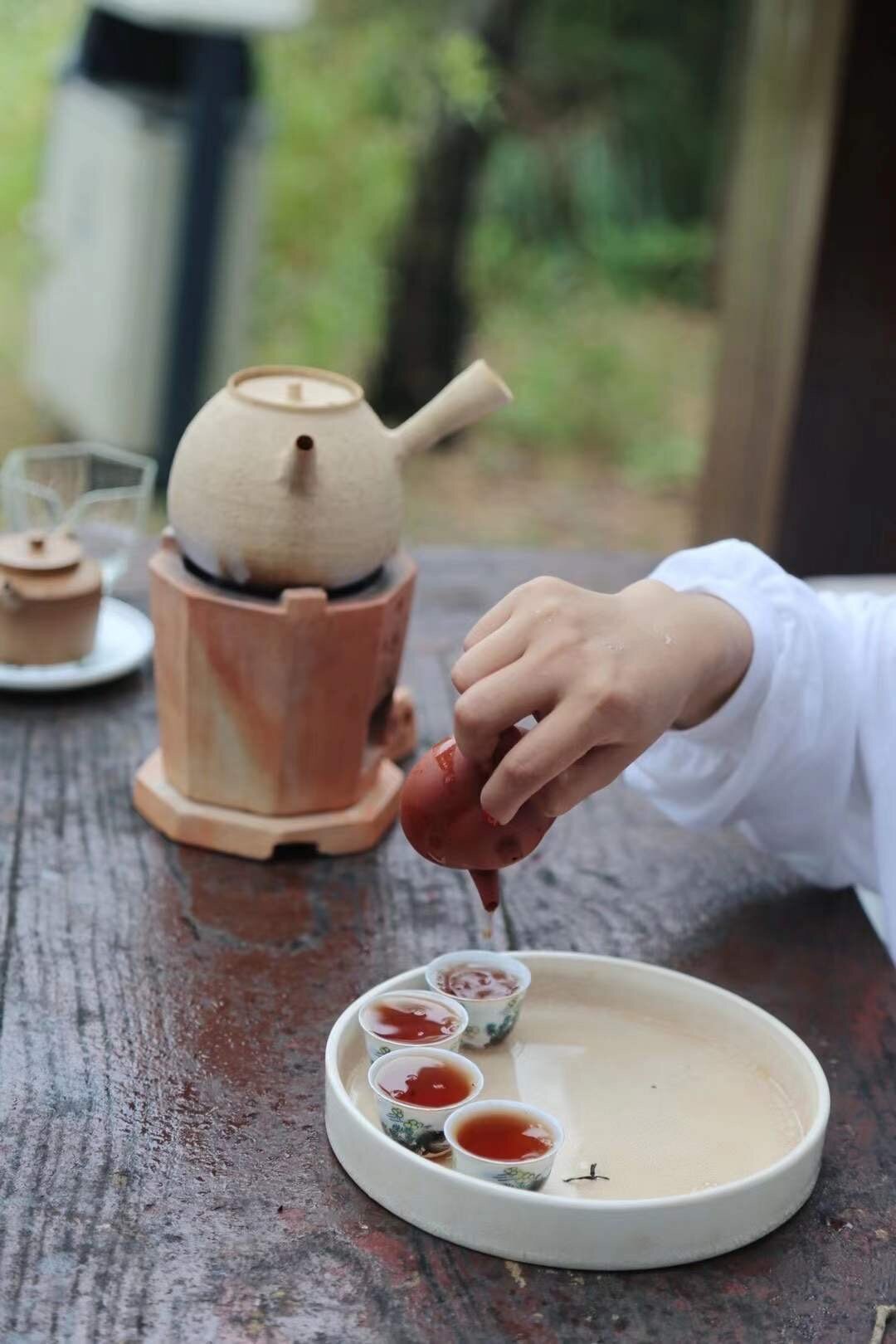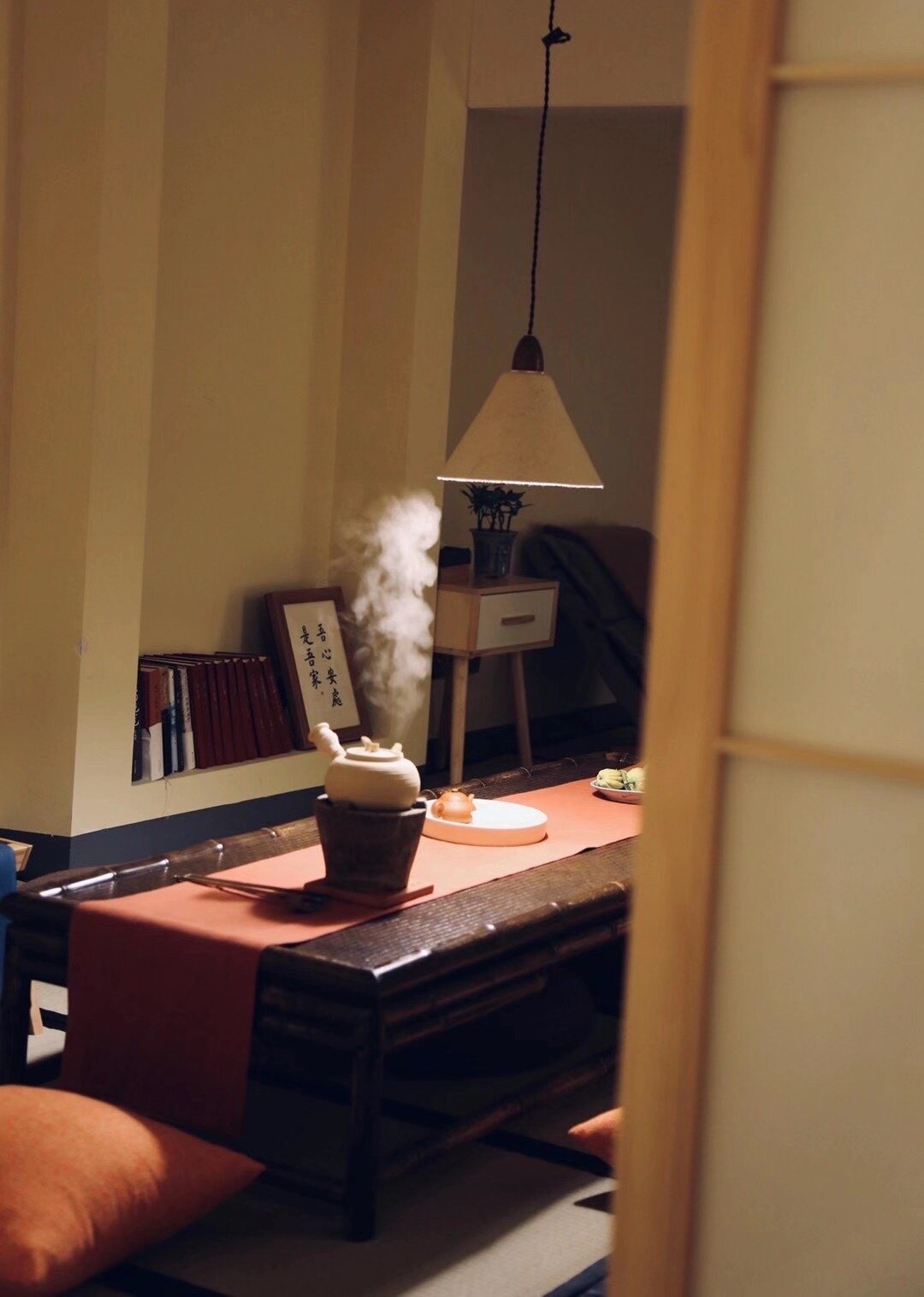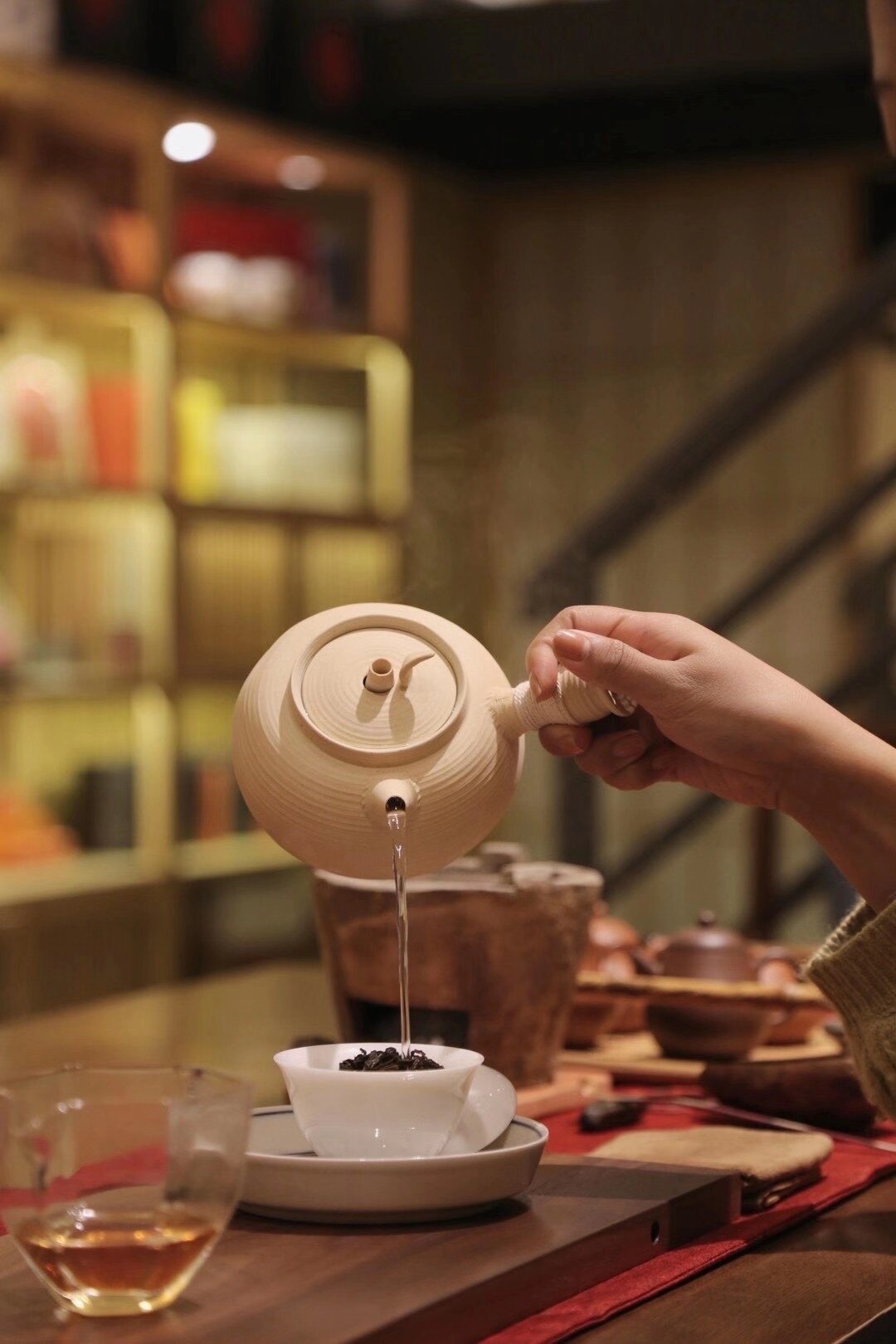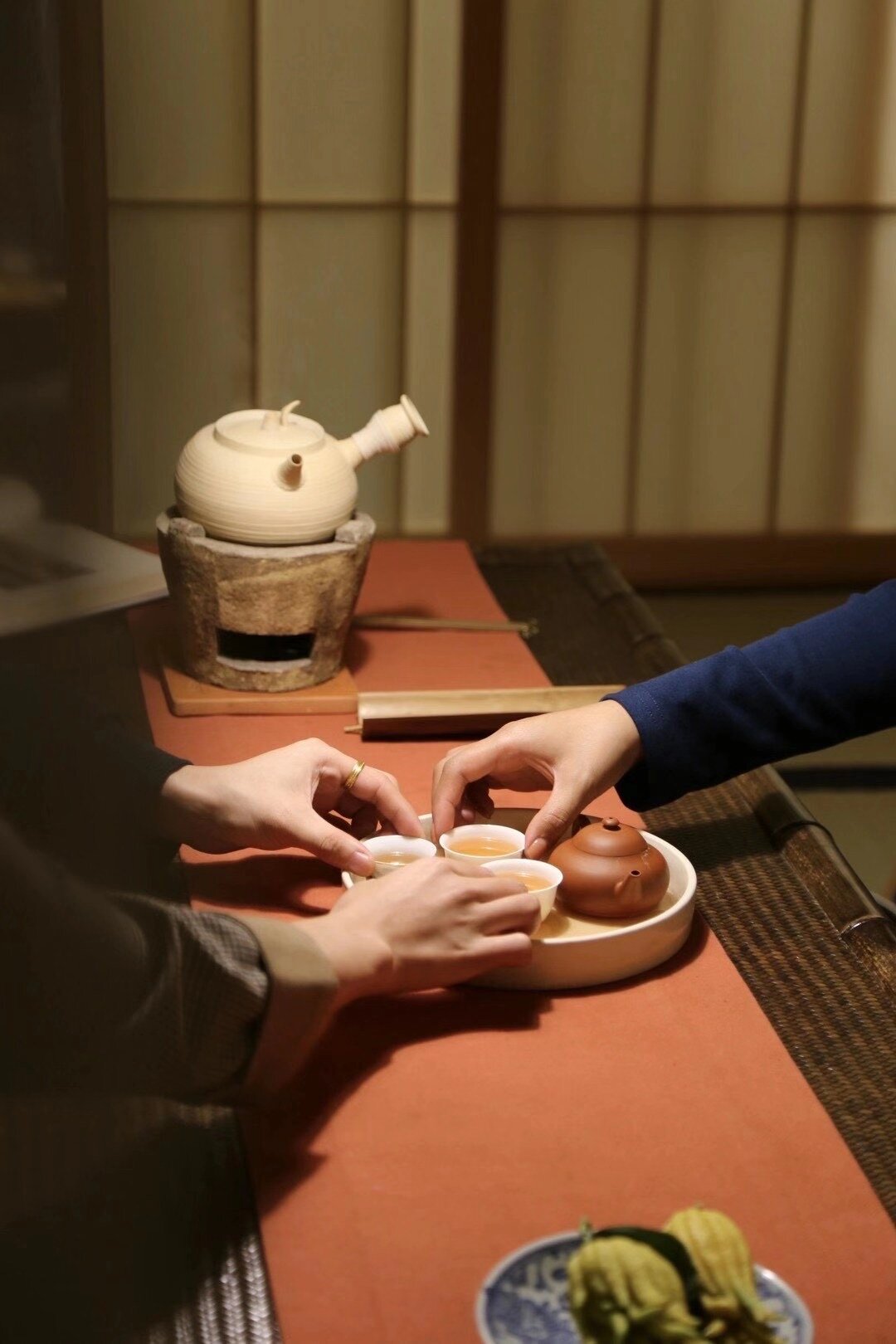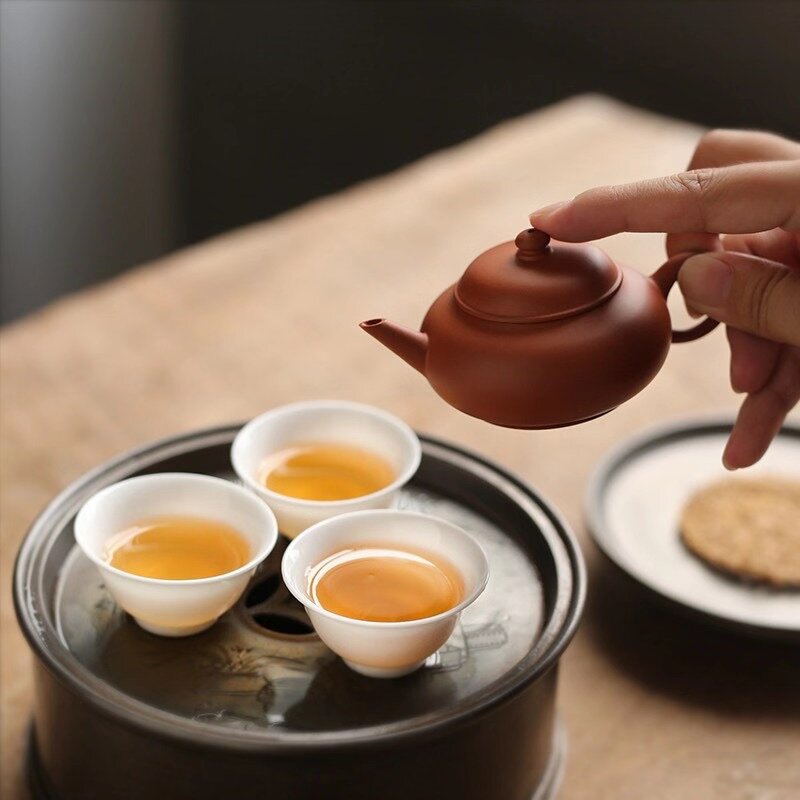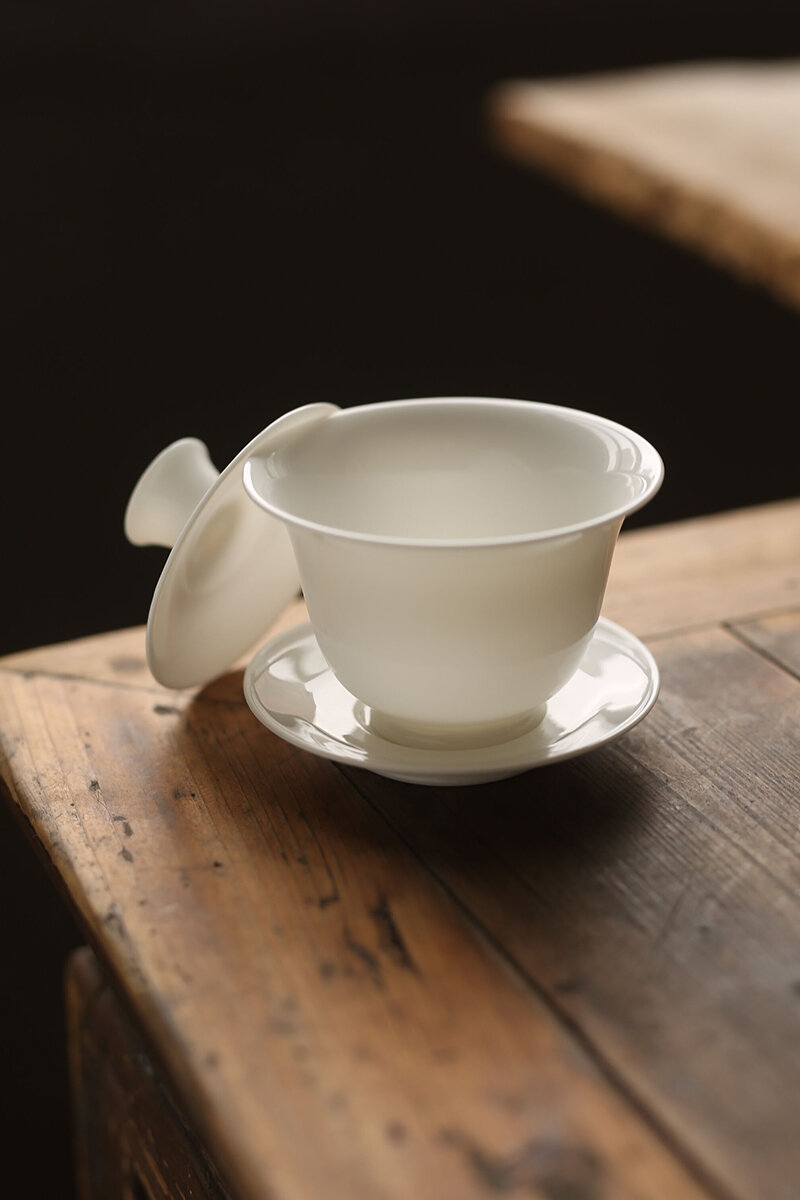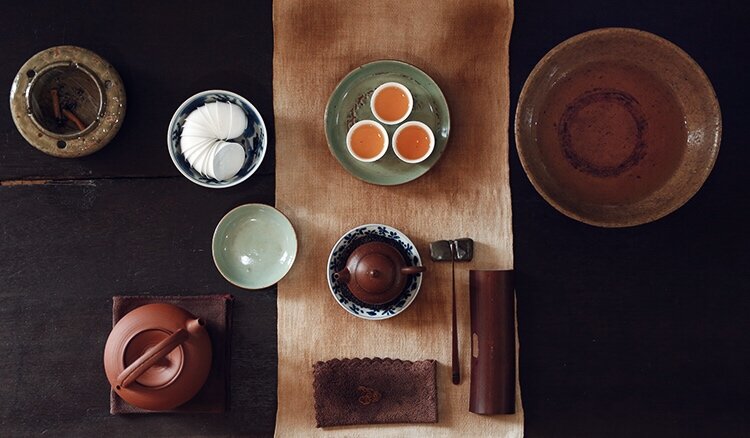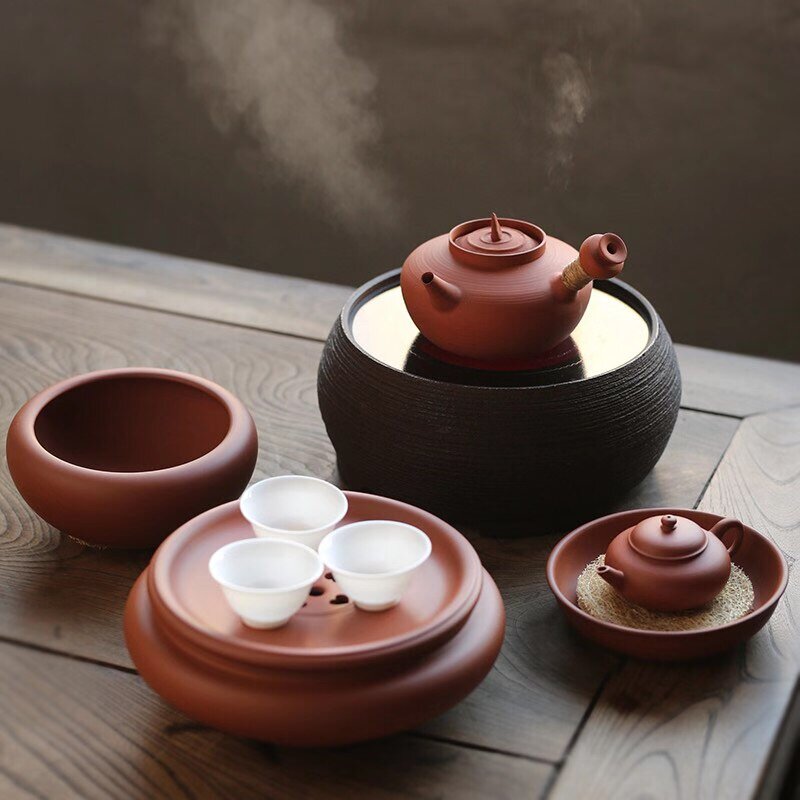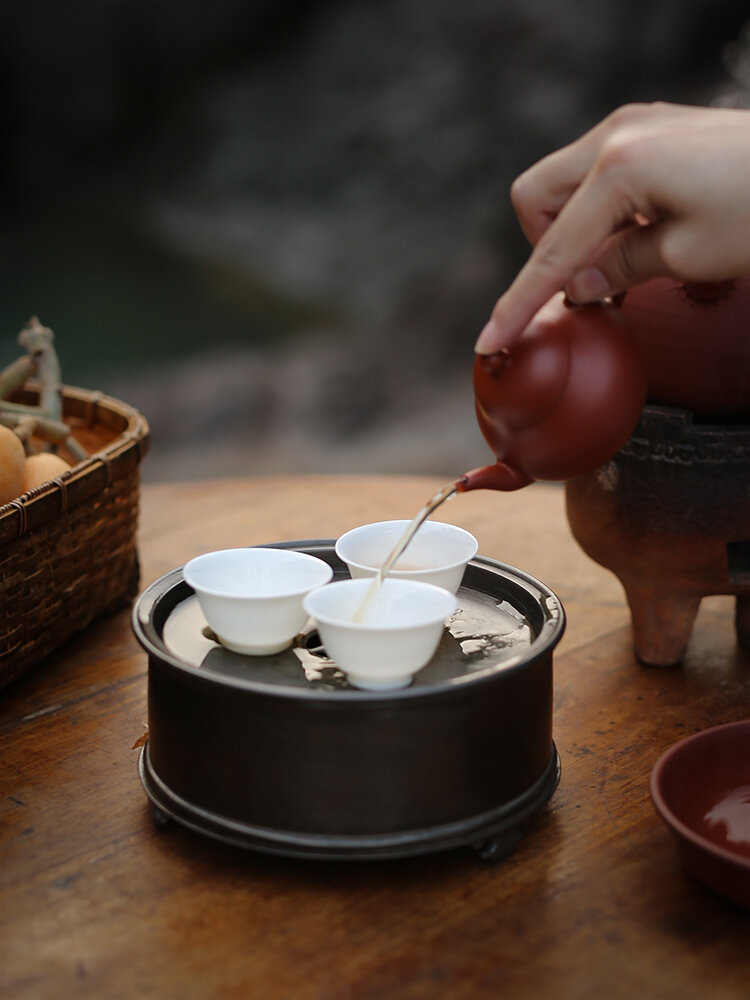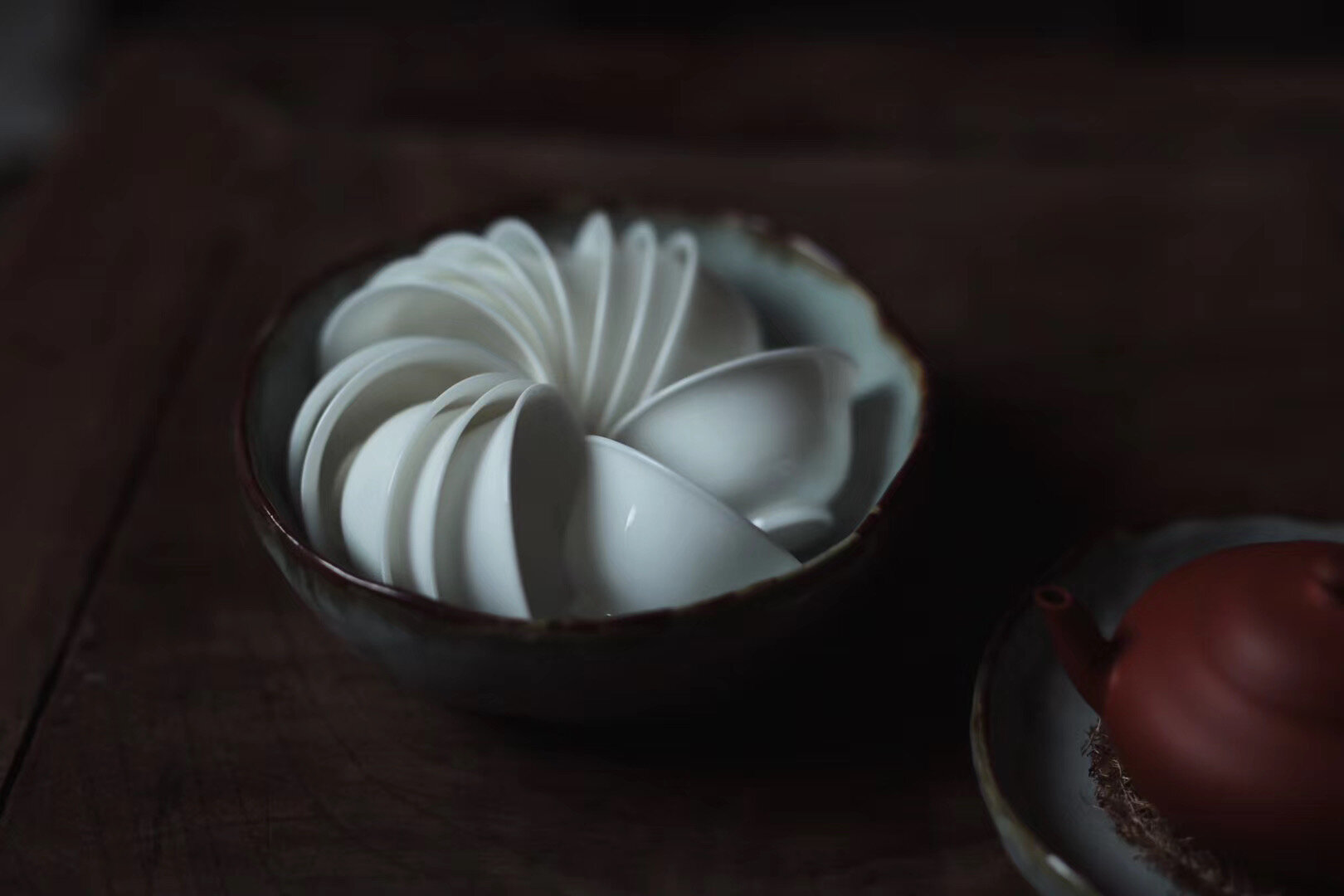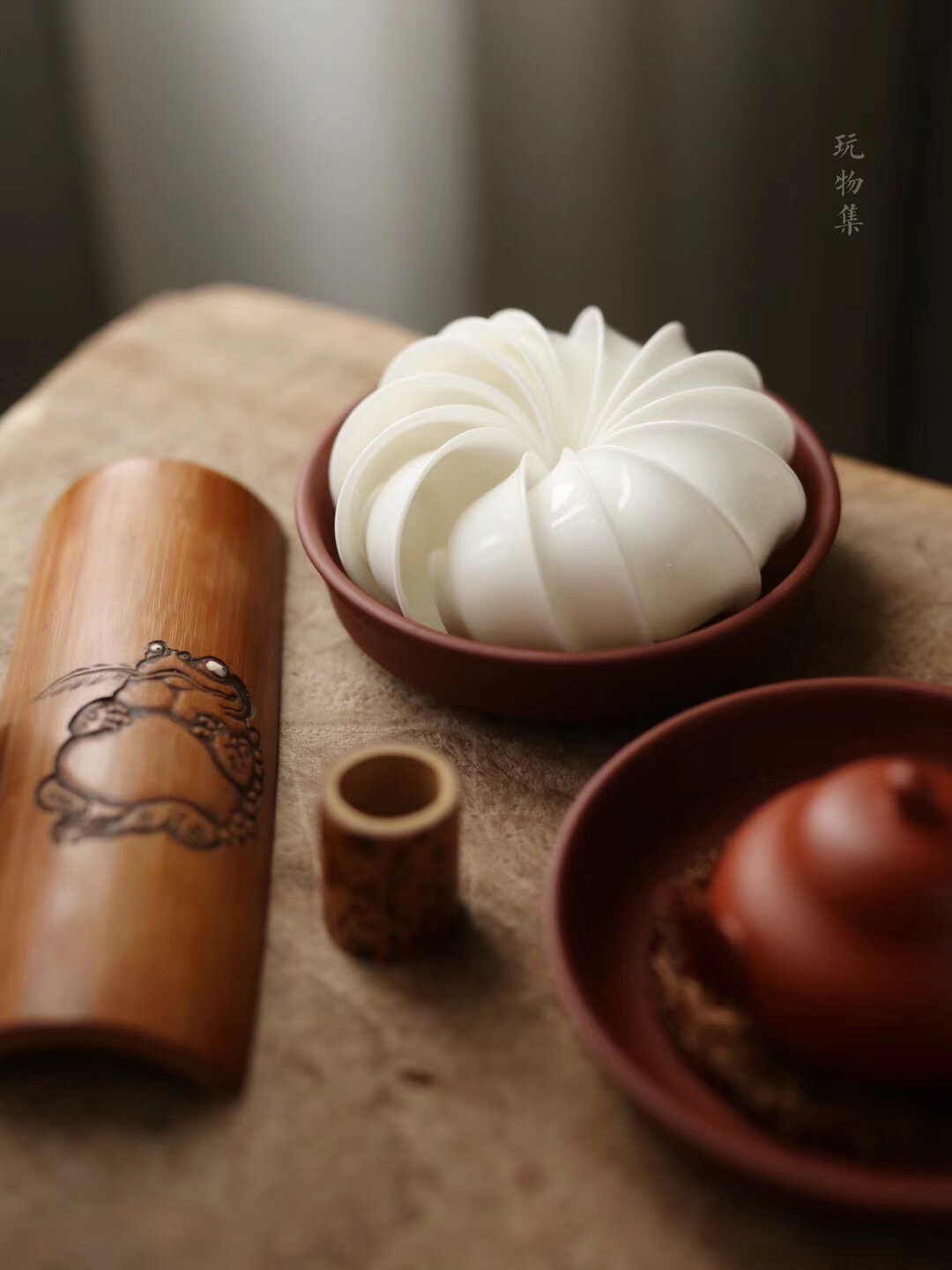What’s Gongfu Style Brewing?
As we work on developing our tea courses, we keep reflecting on our own tea education journey. At this point, I have been a tea enthusiast for 10 years. That's quite a long time, but to be honest, 99.9% of the time I was just going through the motions of brewing without thinking or reflecting on why I do things a certain way. What's the difference between gongfu-style brewing and a true tea ceremony? Why use a gaiwan instead of a big teapot? How do you decide which teaware to use? The list of questions I have about tea is endless...
Now, I want to go back to where I started, to better understand my own journey, and to consider what a tea enthusiast would want to learn in a tea course.
The first chapter is about gongfu tea brewing. Before I came to the U.S., I didn't know gongfu tea drinkers existed outside of China. You can imagine how surprised and thrilled I was when I got connected with tea lovers on Instagram. Seeing people brew tea with gaiwan made me feel at home! I thought, “I’m not the only one who enjoys tea with gaiwan, yeah!”
It’s encouraging to see people from all over the world learning and enjoying this peaceful tea journey together. Yes, we all live in different parts of the world and are rooted in different cultures, but a simple cup of tea could bring everyone together. Isn’t that amazing?
Although I grew up in China, have a common understanding of tea, and run a small tea business, I am not an expert in Chinese tea. So, please don’t take my words as your only source of information. Take part of it, or don’t take it at all. I mainly want to document my path in learning tea so that I can share it with others, and discuss what I’ve learned with like-minded folks. What I think about tea now might be different after another 10 years, but it’s worth it for me to write it down and reflect on it over time.
If you are new to tea, you might have heard about gongfu tea. What is gongfu tea(工夫茶 in Chinese)? Gongfu tea is a traditional way of preparing tea, characterized by multiple infusions of the same tea in a small teapot/gaiwan.
If you ask this question to a Chinese people, they would probably think about a popular brewing style in the Chaoshan area, Guangdong Province, China, in which people use a small clay stove for burning charcoal to boil water in a clay kettle, use a small yixing teapot or a small porcelain gaiwan as the brewing vessel, and usually drink from three thin porcelain teacups to complete the set. (attach picture). People use two trays to catch excess water. We also call it tea boat (茶船 in Chinese). The tea tray has some depth to it and has a few holes on top to collect the water that is used to rinse the tea and teaware. The other tea tray is used to carry teacups and catch any water that overflows while you are brewing tea.
The word “gongfu (工夫)” in Chinese could be translated as “effort”, “skill”,” expertise”. It requires dedication, effort, attention, time, and skill to make the tea leaves, and the same is required when brewing tea in this style. That’s why people call it “gong fu cha” (工夫茶). It’s not meant to be as convenient as grandpa style or western style brewing, in which you simply drop a few tea leaves in a big tea mug or a big western teapot and brew it with hot water. Gongfu cha refers to this specific type of brewing style.
The defining characteristics of gongfu style brewing are the quick steeps and small, thin teaware. By quick infusions, we mean that you must pour the tea out of the teapot or gaiwan quickly. Water boiled in a clay kettle is very hot and cools down more slowly than water boiled with a glass kettle. The high-temperature water helps to draw out the fragrance of tea. The moment it heats the dried tea leaves, you would immediately be greeted by the complex aromas. With this style of brewing, people put 6 - 8 grams of tea inside the teapot/gaiwan and if you steep for a long time the tea would taste unbearably bitter. So pour your gaiwan quickly(within 3 - 5 seconds)!
(sidenote: if you brew with yixing teapot the steeping time will be slightly longer)
All of the teaware is smaller than what you would use to make Western tea. The clay kettle is small, usually holding approximately 350 ml of water. The water is not supposed to be boiled for a long time –, it has to stay “active” (活水 living water). Boiling the same water will make it taste flat and will take away from the flavor of the tea. Brew the tea in a small teapot or gaiwan, usually less than 90 ml. The small size of the teapot/gaiwan helps to bring out all the flavor of tea with a “flash steeping”. Since the tea is brewed in a small vessel, you have to use tiny teacups if you want to share with others.
The walls of all of the teaware should be thin. The clay kettle has to be breathable when boiling water, the teapot/gaiwan has to be thin to bring out the bright notes of tea, and the porcelain teacups are extremely thin – again, to improve the aroma of tea. People in the Chaoshan area love Dancong oolong, and this is their favorite way to brew Dancong Oolong tea. Gradually, people have begun using the same setup and brewing style to brew other oolong teas.
This way of brewing originated in Chaozhou during the Song Dynasty, which is why it's also often referred to as “Chaozhou Gongfu Cha”. Do you also use the same brewing style to brew green tea, black tea, white tea, and all the other teas? We will talk about it in our next blog.
Have you tried this particular brewing style to brew your oolong tea? How do you enjoy it? Leave a comment below, we love to hear about your experience!
You are welcome to join our gongfu tea brewing course here if you are new and are interested in experiencing it with our guidance!
Editer: Xi, Anna
Photos Credit: Chaoyi

